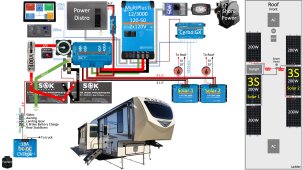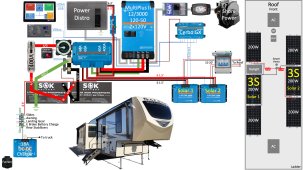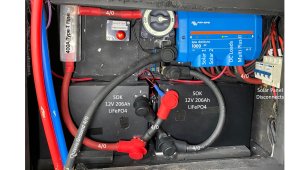corn18
Village Idiot
- Joined
- Sep 9, 2021
- Messages
- 677
I was in a discussion on an RV forum and the topic of whether to disconnect both positive and negative wires from the solar panels to the SCC is required. I guess it is per NEC code for houses, but not for RVs. While I'm all for codes, I would like to understand why it would be a good idea to break both wires in an RV application. Right now, I just break the positive wire from the panels to the SCC.







